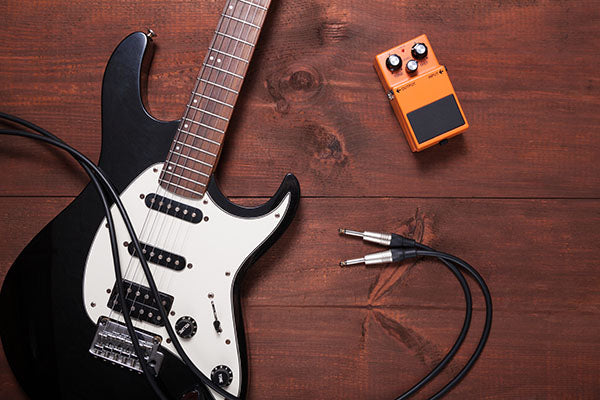
The balance in cables can be defined in terms of the impedance of the two signal conductors with respect to a reference, which is usually ground. If these impedances are equal and non-zero, the system is balanced. If the impedance's are unequal the system is unbalanced. A signal conductor with a grounded return conductor is, therefore, an unbalanced (sometimes referred to as a single ended) system.
Balanced Cables
Balanced connections employ three conductors, one for the positive and one for the negative phase of the signal, and one for the ground. This ensures maximum protection against hum and interference. Servo-balanced connections achieve this electronically, whereas galvanically isolated connections rely on a transformer.
For example,
connecting a microphone to a mixer or audio interface is a use of a balanced cable because the microphone is a relatively quiet source that needs a lot of amplification. So needs a high Common Mode Rejection Ratio (CMRR) to reduce noise picked up in the cable between the mic and input.
Balanced XLR Female to Male is by far the most common choice, but a
Female XLR to Balanced 6.35mm Jack might be necessary with older or more compact audio interfaces.
Unbalanced Cables
Unbalanced connections employ two conductors, one for the signal and the other for the ground, and are much more subject to hum and interference than balanced connections. Consumer equipment generally uses unbalanced connections.
For example, plugging in a guitar is a use of an unbalanced cable because guitars, amps, basses and some keyboards/synths were never designed to use balanced connections. Unfortunately they still suffer from interference and noise, especially in long cable runs. That's why it makes sense to buy the best quality cable you can with strong shielding to prevent unwanted signals and noise. On the plus side they come in a fine selection of colours and lengths.
 The balance in cables can be defined in terms of the impedance of the two signal conductors with respect to a reference, which is usually ground. If these impedances are equal and non-zero, the system is balanced. If the impedance's are unequal the system is unbalanced. A signal conductor with a grounded return conductor is, therefore, an unbalanced (sometimes referred to as a single ended) system.
The balance in cables can be defined in terms of the impedance of the two signal conductors with respect to a reference, which is usually ground. If these impedances are equal and non-zero, the system is balanced. If the impedance's are unequal the system is unbalanced. A signal conductor with a grounded return conductor is, therefore, an unbalanced (sometimes referred to as a single ended) system.

 The balance in cables can be defined in terms of the impedance of the two signal conductors with respect to a reference, which is usually ground. If these impedances are equal and non-zero, the system is balanced. If the impedance's are unequal the system is unbalanced. A signal conductor with a grounded return conductor is, therefore, an unbalanced (sometimes referred to as a single ended) system.
The balance in cables can be defined in terms of the impedance of the two signal conductors with respect to a reference, which is usually ground. If these impedances are equal and non-zero, the system is balanced. If the impedance's are unequal the system is unbalanced. A signal conductor with a grounded return conductor is, therefore, an unbalanced (sometimes referred to as a single ended) system.



















